The U.S. Department of the Interior’s Assistant Secretary for Land and Minerals Management Janice Schneider, Bureau of Ocean Energy Management Director Abigail Hopper and Bureau of Safety and Environmental Enforcement Director Brian Salerno have announced final regulations to ensure that any future exploratory drilling activities on the U.S. Arctic Outer Continental Shelf (OCS) are conducted under the highest safety and environmental standards and subject to strong and proven operational requirements.
“With the United States as Chair of the Arctic Council, we are committed to demonstrating our leadership in governance and activities in the Arctic Region,” said Assistant Secretary Schneider. “The regulations we are issuing today support the Administration’s thoughtful and balanced approach to any oil and gas exploration in the Arctic region. The rules help ensure that any exploratory drilling operations in this highly challenging environment will be conducted in a safe and environmentally responsible manner, while protecting the marine, coastal, and human environments, and Alaska Natives’ cultural traditions and access to subsistence resources.”
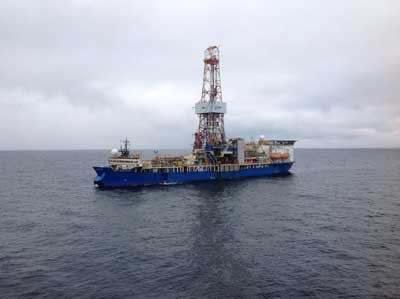 The Noble Discoverer, a drillship operated by Noble Corp. under contract to Royal Dutch Shell, on position in the Chukchi Sea in August 2015. (Photo: Royal Dutch Shell)
The Noble Discoverer, a drillship operated by Noble Corp. under contract to Royal Dutch Shell, on position in the Chukchi Sea in August 2015. (Photo: Royal Dutch Shell)
The Arctic-specific regulations focus solely on OCS exploratory drilling operations from floating vessels within the U.S. Beaufort and Chukchi Seas. These rules require oil companies to ensure proper internal controls and planning for oil spill prevention, containment and responses – all issues identified by previous Interior reports regarding Shell’s 2012 exploration activities in the Arctic. The regulations codify and further develop current Arctic-specific operational standards to ensure that operators take the necessary steps to plan through all phases of OCS exploration in the Arctic, including mobilization, maritime transport and emergency response, and the conduct of safe drilling operations while in theater.
“The unique Arctic environment raises substantial operational challenges,” said Bureau of Ocean Energy Management (BOEM) Director Abigail Ross Hopper. “These new regulations are carefully tailored to ensure that any future exploration activities will be conducted in a way that respects and protects this incredible ecosystem and the Alaska Native subsistence activities that depend on its preservation.”
Specifically, the final rule requires operators to develop an Integrated Operations Plan addressing all phases of a proposed Arctic OCS exploration program and submit it to BOEM in advance of filing an Exploration Plan. The regulations require companies to have access to – and the ability to promptly deploy – source control and containment equipment, such as capping stacks and containment domes, while drilling below or working below the surface casing.
Operators also must have access to a separate relief rig able to drill a timely relief well under the conditions expected at the site in the event of a loss of well control; have the capability to predict, track, report, and respond to ice conditions and adverse weather events; effectively manage and oversee contractors; and develop and implement an Oil Spill Response Plan designed and executed in a manner that accounts for the unique Arctic OCS operating environment, and is supported with the necessary equipment, training, and personnel for oil spill response on the Arctic OCS.
“Conducting safe and environmentally responsible Arctic exploratory drilling operations presents a variety of technical, logistical and operational challenges,” said Bureau of Safety and Environmental Enforcement Director Brian Salerno. “This rulemaking seeks to ensure that operators prepare for and conduct these operations in a manner that drives down risks and protects both offshore personnel and the pristine Arctic environment.”
These regulations complement the previously announced Final Well Control Rule, released in April. While the Well Control Rule applies across the entirety of the OCS, including the Arctic OCS, many of the provisions of the final Arctic regulations announced today go beyond the scope of the Well Control Rule and address the unique challenges posed by the Arctic operating environment, especially provisions that put in place systems and processes to further reduce risk and provide rigorous safeguards for Alaska’s North Slope coastal communities and the sensitive Arctic environment.
Interior’s Bureau of Ocean Energy Management and the Bureau of Safety and Environmental Enforcement developed the regulations with significant public input from the State of Alaska, North Slope communities, Alaska Native tribes and organizations, industry, and non-governmental organizations. An Environmental Assessment, pursuant to the National Environmental Policy Act, was also prepared in conjunction with this rule and more than 100,000 individual comments were received on the Notice of Proposed Rulemaking.
Although there have been Arctic lease relinquishments, operators continue to hold a number of leases in the Beaufort Sea Planning Area and one in the Chukchi Sea Planning Area that have not expired. Finalizing these regulations will ensure that, should operators decide to act upon their leases or any future leases in these Planning Areas, they will operate with robust safety and environmental protections in place.
The regulations will be available here.


 The Noble Discoverer, a drillship operated by Noble Corp. under contract to Royal Dutch Shell, on position in the Chukchi Sea in August 2015. (Photo: Royal Dutch Shell)
The Noble Discoverer, a drillship operated by Noble Corp. under contract to Royal Dutch Shell, on position in the Chukchi Sea in August 2015. (Photo: Royal Dutch Shell)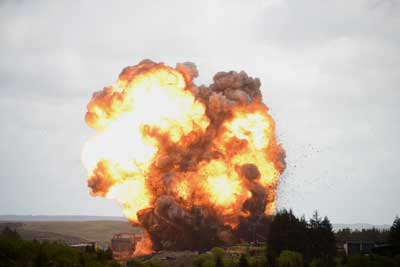 Driven by its purpose of safeguarding life, property and the environment,
Driven by its purpose of safeguarding life, property and the environment,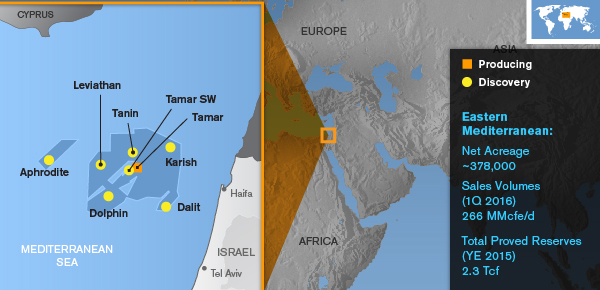
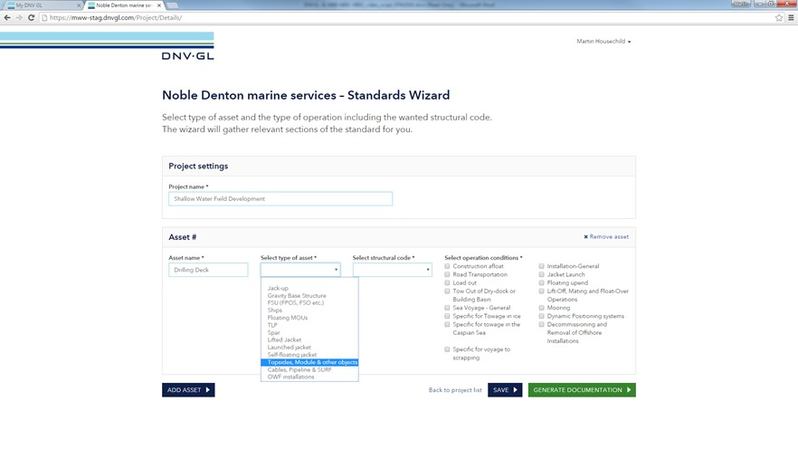
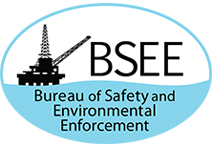 The Bureau of Safety and Environmental Enforcement (BSEE) has announced that the maximum civil penalty rate for Outer Continental Shelf Lands Act (OCSLA) violations will increase from $40,000 to $42,017 a day for each violation. This legislatively mandated increase is contained in an interim final rule which is effective July 28, 2016.
The Bureau of Safety and Environmental Enforcement (BSEE) has announced that the maximum civil penalty rate for Outer Continental Shelf Lands Act (OCSLA) violations will increase from $40,000 to $42,017 a day for each violation. This legislatively mandated increase is contained in an interim final rule which is effective July 28, 2016.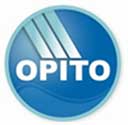 The global oil and gas industry has sent out a strong message about its commitment to maintaining the safety of its workforce in the downturn with international training standards body
The global oil and gas industry has sent out a strong message about its commitment to maintaining the safety of its workforce in the downturn with international training standards body 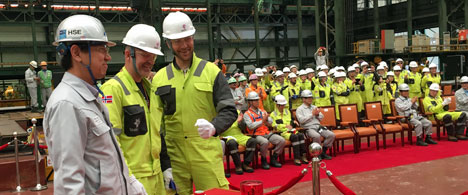
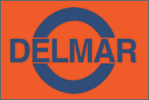 Delmar Systems, Inc.
Delmar Systems, Inc.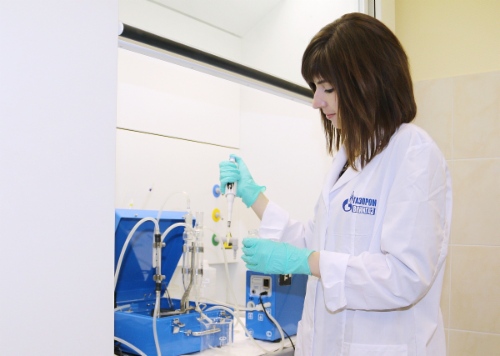 At chemical analysis laboratory of Gazprom VNIIGAZ. Photo courtesy: Gazprom
At chemical analysis laboratory of Gazprom VNIIGAZ. Photo courtesy: Gazprom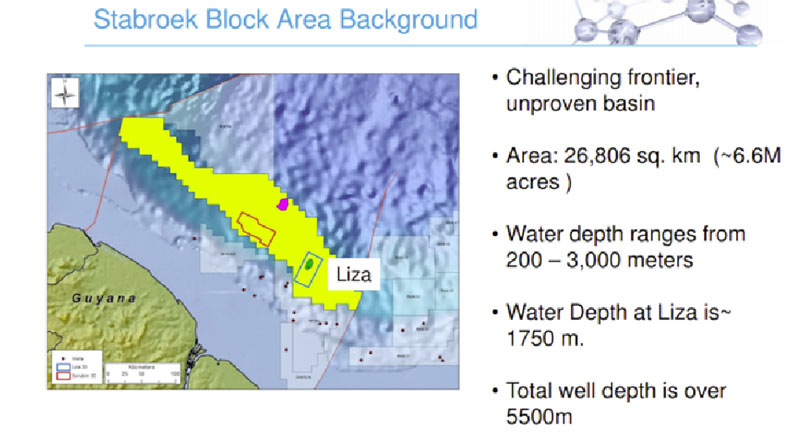
 The Industry Technology Facilitator (ITF)
The Industry Technology Facilitator (ITF)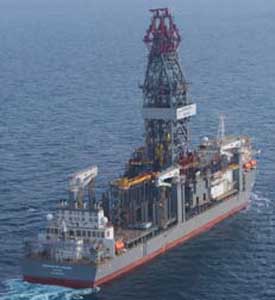 Lloyd’s Register (LR)
Lloyd’s Register (LR)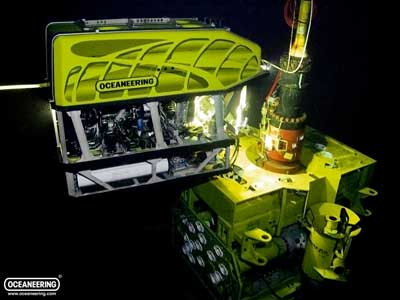 Photo courtesy: Oceaneering
Photo courtesy: Oceaneering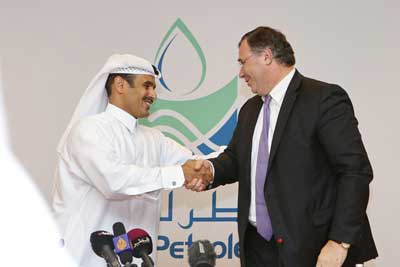 Photo courtesy: Qatar Petroleum
Photo courtesy: Qatar Petroleum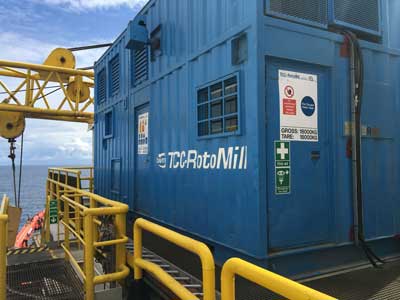 Global integrated drilling waste management and environmental services firm,
Global integrated drilling waste management and environmental services firm,  Penspen’s EVP for Project Performance Chris Williams said:
Penspen’s EVP for Project Performance Chris Williams said: